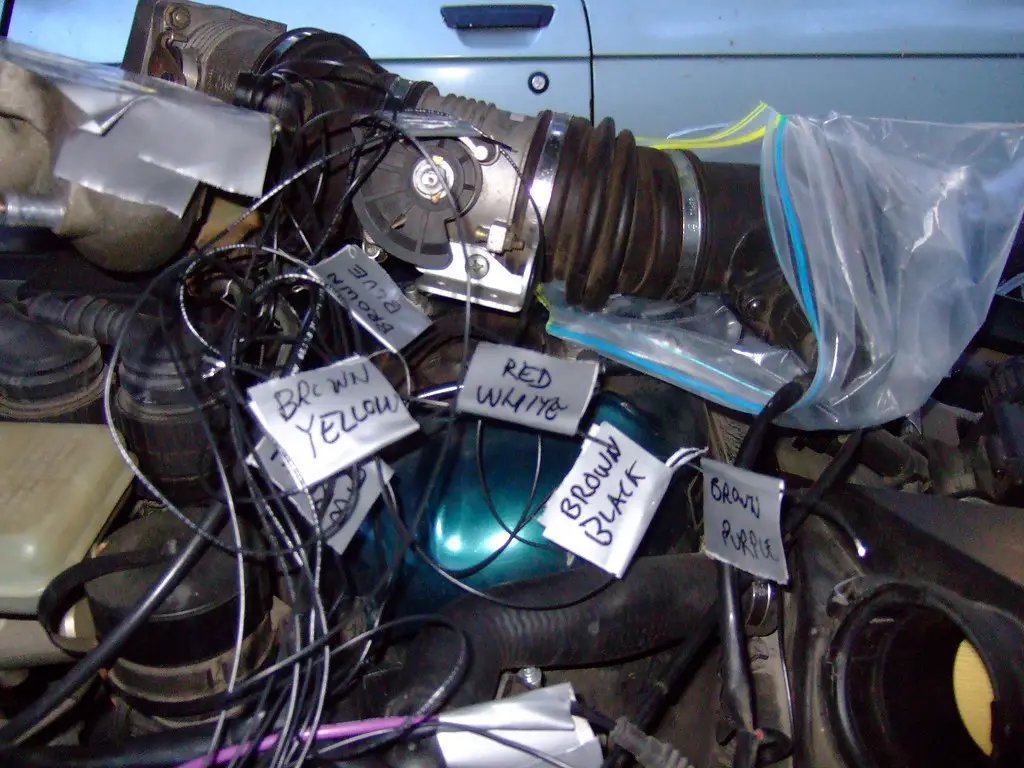Rodents and Your Car: Understanding the Mysterious Attraction
When it comes to your beloved vehicle, rodent damage might not be the first thing on your mind. However, for many car owners, the struggle against these furry invaders is real. From chewed wires to nesting materials, the damage caused by rodents can leave you with a hefty repair bill and a whole lot of frustration. But why are these critters so attracted to your car’s wiring in the first place?
There’s a multitude of myths surrounding this issue. Some suggest that rodents have a peculiar taste for chewed-up car wiring, while others claim that electromagnetic signals emitted by cars are the culprit. In reality, these notions are far from the truth. The actual reasons are quite intriguing.
One prominent theory revolves around rodents’ teeth, which, like human nails, constantly grow. Chewing on wires provides a way for these critters to keep their teeth in check. Another interesting idea points towards the wiring insulation itself. Wires, with their resemblance to branches, might trick rodents into thinking they’re chewing on wood. Moreover, the shift towards soy-based wire insulation by car manufacturers has sparked a whole new set of issues.
Soy-Based Wiring: A Culprit or Not?
The introduction of soy-based wire insulation by car companies has inadvertently added fuel to the rodent fire. There’s even been a class-action lawsuit claiming that rodent damage can be attributed to soy-based wiring. Although Toyota emerged victorious from that legal battle (among those brands of which cars have soy based wiring), the question remains: do rodents find soy-based wiring delectable?
Understanding the Rodent Offenders
Before we delve into prevention, let’s identify the usual suspects. Mice, rats, squirrels, chipmunks, and even larger creatures like possums can make their way into your vehicle’s engine. They often seek refuge as temperatures drop, causing potential headaches for car owners.
The Cost of Rodent Damage
Rodents might be small, but their ability to wreak havoc knows no bounds. Chewing through wires in hard-to-reach engine areas can stump even seasoned mechanics. Their nesting materials can pose fire hazards, further escalating the issue. Repair costs can vary greatly based on the extent of damage and the vehicle model, leaving your wallet significantly lighter.
Preventive Measures: Safeguarding Your Investment
Thankfully, there are ways to fend off these unwelcome guests. Parking in well-lit areas, using rodent repellent sprays, and employing traps are some initial steps. Regularly inspecting your car’s wiring for signs of trouble can also help catch issues early.
Moreover, adopting some ingenious strategies can deter rodents effectively. Consider using peppermint oil, known for its strong scent that rodents despise. Spray it on your car’s wiring to send them scurrying away. Parking indoors, cleaning up food scraps, and even starting your car regularly can also discourage their presence.
Taking the Battle to Rodents: Multiple Lines of Defense
The battle against rodent damage involves a multi-faceted approach. Setting traps, using smell deterrents like peppermint oil, and parking in sealed locations are proactive steps. Cleaning debris, installing underhood lights, and even employing natural predators like cats are also effective tactics.
Metal mesh, ultrasonic repellents, essential oils, and even mothballs all play a role in creating a fortress against rodent intrusion. However, be cautious with toxic solutions like mothballs and ensure safety when using them.
Cleaning Up the Mess
If the unfortunate happens and rodents infiltrate your car, cleaning becomes a critical task. It’s essential to avoid inhaling potentially harmful contaminants. Proper ventilation, protective gear, and disinfectants are key tools in this process.
In Conclusion
Rodent damage is an issue that demands attention from car enthusiasts. By staying informed about soy-based wiring and implementing preventive measures, you can safeguard your vehicle against these furry intruders. From smart strategies to meticulous cleanup, the battle against rodents is one that requires patience, vigilance, and a touch of innovation. With these tools at your disposal, you can keep your car’s wires intact and your wallet unburdened.


